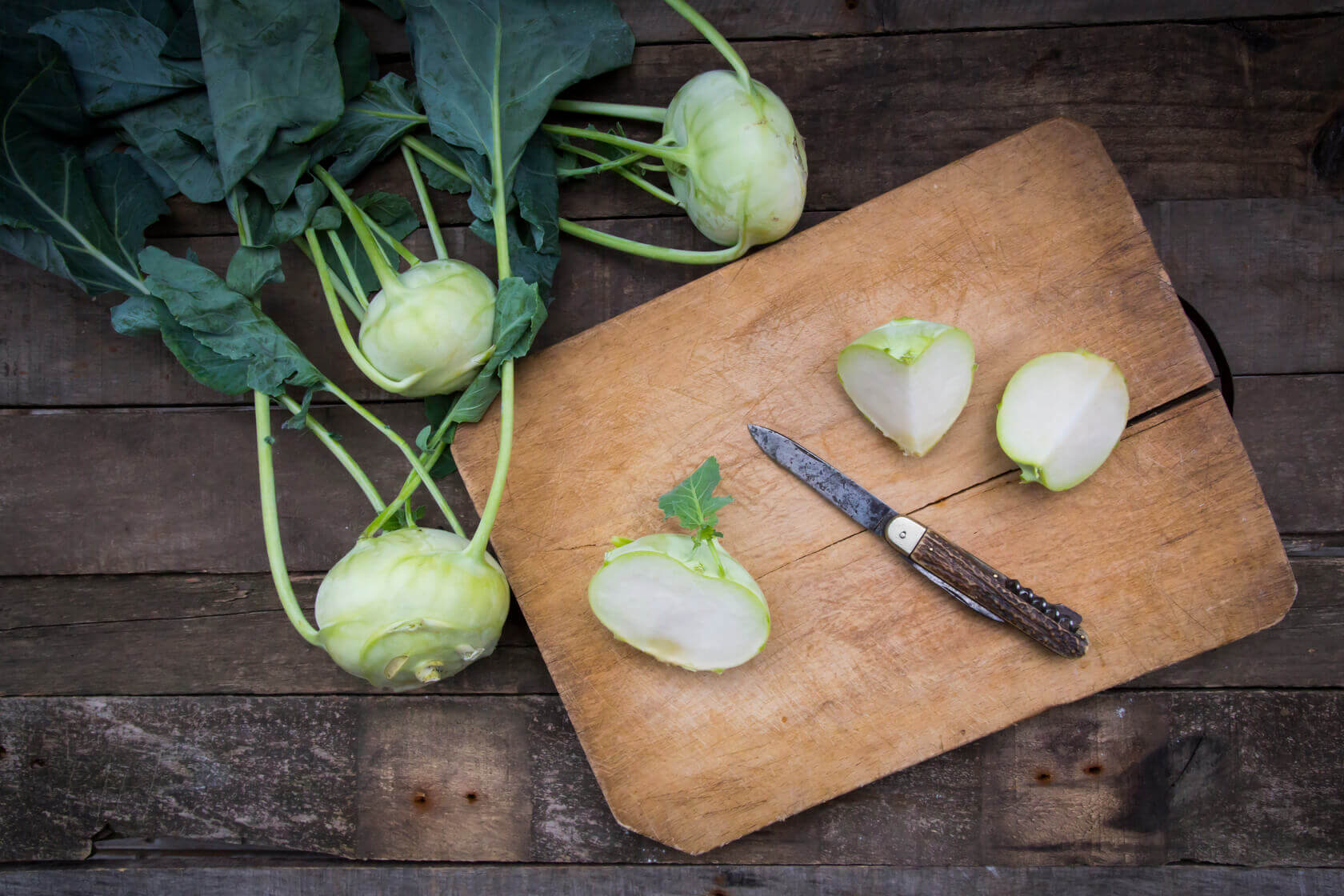The whys, whats, and hows of the everyone’s food obsession.
In recent years, Scandinavia has become synonymous with exceptional, inventive food and cooking. Chefs from the three countries that make up Scandinavia (Sweden, Norway, and Denmark) are creating restaurants such as Noma, Esperanto, Fäviken, Maaemo, and more that earn rave reviews and draw diners from around the world. Scandinavia, along with the rest of the Nordic region (Finland, Iceland, Greenland, the Faroe Islands, and a few others), has been shaking up the traditional foodie peeking order for a decade and shows no signs of lowering the heat.
But what makes the region such a brilliant place for the culinary innovation? We did some digging (foraging, you might call it) to find out why the food is so good and the chefs so adventurous, and also, of course, how you can mimic the food at home. Make time for Scandinavia on your next trip, then start cooking up something special in the kitchen.
Hygge is an old Danish concept that translates loosely into something resembling comfort and coziness. This applies to the world of Scandinavian food, too, as many dishes are created with simple, natural ingredients that are high in carbs and low in protein while the restaurant spaces themselves offer a feeling that’s home-cooked and friendly. The idea is to focus on the food as it comes from the earth rather than do too much to transform it. Fresh meals paired with sparse decorations are the way to go.
The best restaurants in Scandinavia transform the harsh climate into an advantage.
The best restaurants in Scandinavia transform the harsh climate into an advantage. The chefs understand what’s in season -- when it’s time to put Arctic char on the menu versus when to go with salt- and ash-baked vegetables, for example -- and experiment based on the time of year. If you’re going to serve puffin egg, you need to know when the birds are laying them, after all.
While Scandinavia does have seasonal options, traditional kitchen staples like tomatoes and olive oil do not occur naturally in the region. Creative cooks who only want to focus on items found in their native lands need to find substitutes, including elderberry and pine needles, which have some of the same qualities. There’s always plenty of fresh seafood from the waters of the North Atlantic, but there might not be some other types of game. But again, these aren’t limitations so much as they are inspiration for culinary brilliance.
Related Seabourn itineraries and amenities below
If real estate is all about location, location, location, then Scandinavian dining focuses on presentation, presentation, presentation. The restaurants offer clean lines, simple settings, and beautiful ceramic fixtures. The vitals comes with a sparse but elegant delivery system, allowing the diner to focus on the taste rather than be distracted by the cutlery. How it tastes is truly the star. To match these celebrated chefs at home, remember to keep your preparation simple, your ingredients local (to Scandinavia), and your presentation toned down. Or, better yet, hop on a cruise so you can experience the wonders of Scandinavian food culture yourself, then bring the first-hand lessons back to your house.
 Scandinavian cuisine focuses on the food as it comes from the earth rather than doing too much to transform it.
Scandinavian cuisine focuses on the food as it comes from the earth rather than doing too much to transform it.
 There’s always plenty of fresh seafood from the waters of the North Atlantic, which becomes inspiration for culinary brilliance.
There’s always plenty of fresh seafood from the waters of the North Atlantic, which becomes inspiration for culinary brilliance.
 Presentation is a huge focus in Scandinavian dining. The restaurants offer clean lines, simple settings, and beautiful ceramic fixtures.
Presentation is a huge focus in Scandinavian dining. The restaurants offer clean lines, simple settings, and beautiful ceramic fixtures.

